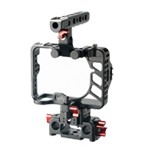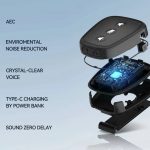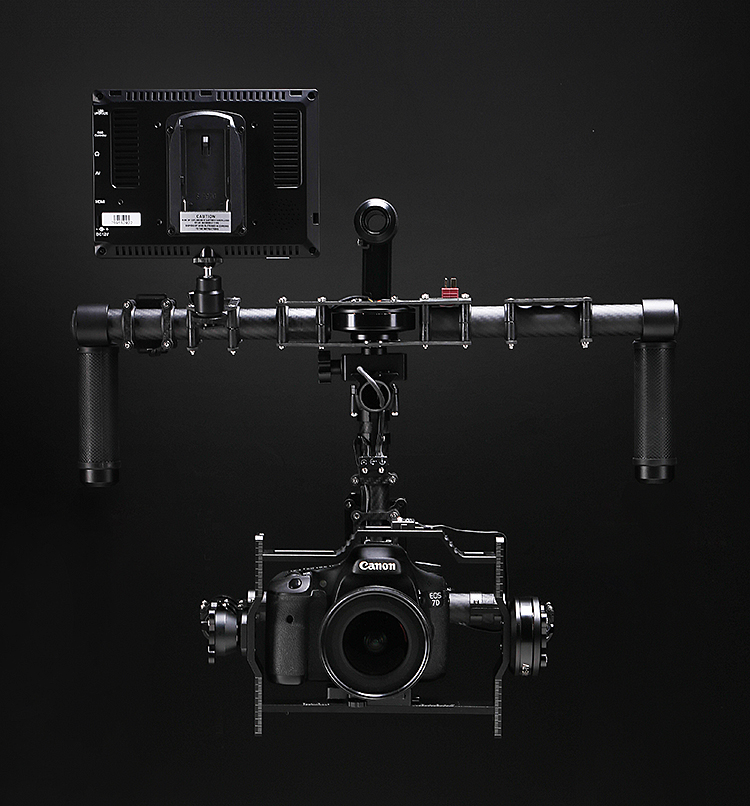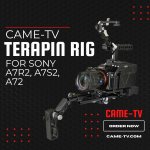Sean J Vincent, posted this detailed review on the CAME-Mini 2 Gimbal after using the gimbal on a current web series he's working on.
The CAME-Mini 2 is a completely tool-less 32-bit 3-axis gimbal with dual IMU sensors that can hold camera setups that are no more than 1kg(roughly, 2.2 pounds). It's powered by four rechargeable 18650 batteries that are placed in the horizontal cross bar of the Mini 2. A new "Stop Ring" has beed added to the Mini 2, preventing the roll motor from over rotating, which may cause the internal wires to become tangled.
Click below for more information on the CAME-Mini 2 Gimbal.











































